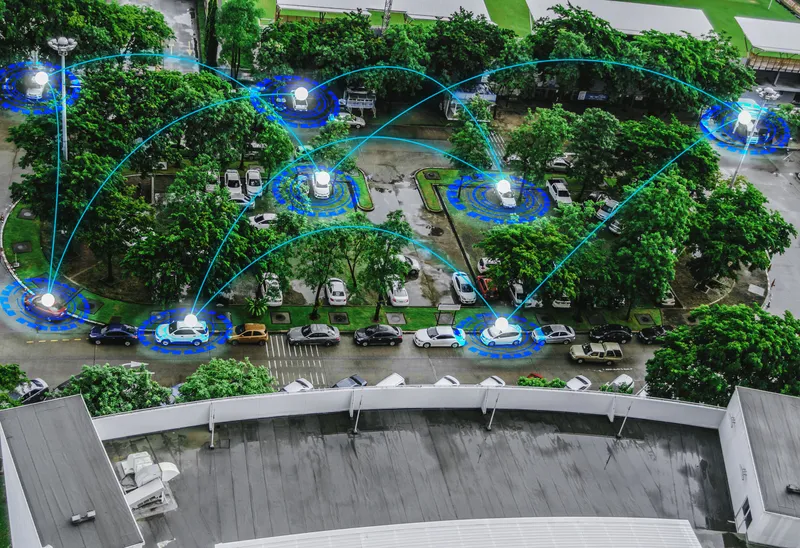TomTom has collaborated with the French PSA Peugeot Citroen Group in an EU gathering of top politicians in the Dutch capital, Amsterdam.
TomTom provided its HD Maps and RoadDNA to enable PSA Group to participate in the self-driving car demonstration in Amsterdam, where EU Commissioner for Transport Violeta Bulc and 28 EU Transport Ministers gathered under the Dutch EU presidency, to work towards eliminating regulatory and technical barriers around autonomous driving.
The vehicles were used in a demo
April 15, 2016
Read time: 1 min
TomTom provided its HD Maps and RoadDNA to enable PSA Group to participate in the self-driving car demonstration in Amsterdam, where EU Commissioner for Transport Violeta Bulc and 28 EU Transport Ministers gathered under the Dutch EU presidency, to work towards eliminating regulatory and technical barriers around autonomous driving.
The vehicles were used in a demonstration during the event, driving the Ministers autonomously in real traffic conditions.
TomTom HD Map and RoadDNA are two accurate digital map products which help automated vehicles precisely locate themselves on the road and plan manoeuvres, even when traveling at high speeds. Launched commercially in 2015, these new technologies are being rolled out in strategic geographies and are the subject of key partnerships with other automotive suppliers.










